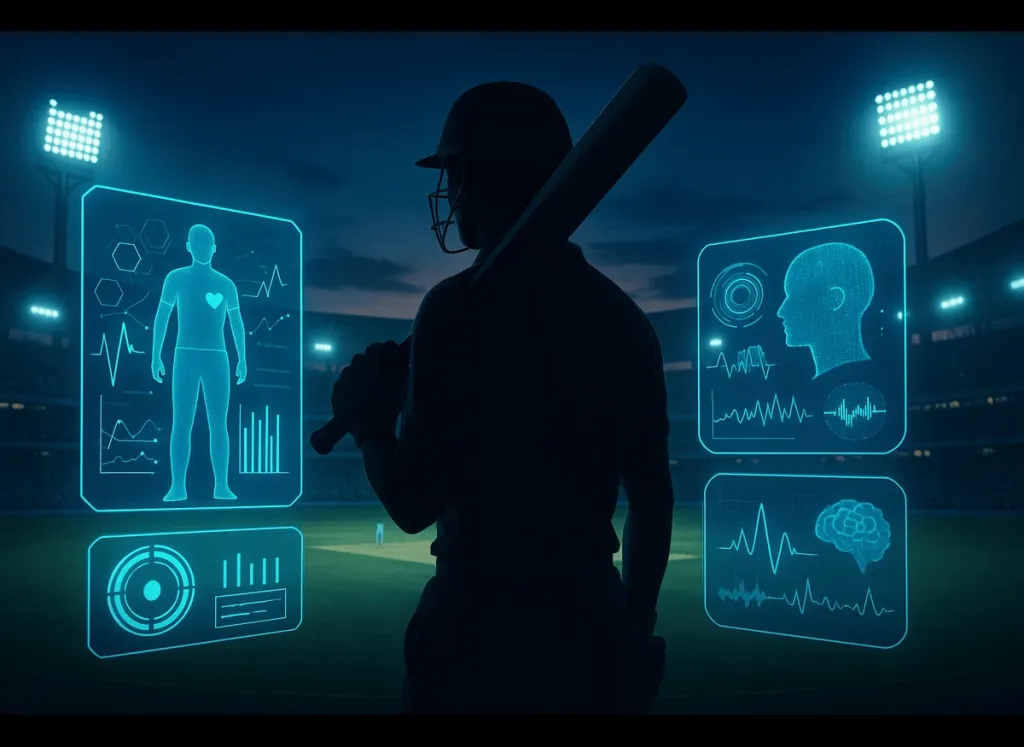The world of cricket has evolved beyond traditional training and strategy. Today, wearable technology plays a vital role in improving player performance, monitoring fitness, and preventing injuries. From smartwatches to motion sensors, modern cricketers use advanced gadgets that provide real-time insights into every aspect of their game.
What Is Wearable Technology in Cricket?
Wearable technology refers to smart devices worn on the body that collect and analyze physical or performance data. In Jeetbuzz cricket, these devices help track metrics such as heart rate, body temperature, movement patterns, and workload intensity. Coaches and players use this data to make informed decisions about training, recovery, and match strategy.
Smartwatches and Fitness Trackers
Smartwatches and fitness bands are the most common wearable devices used by cricketers. They measure steps, heart rate, sleep quality, and calories burned, giving players a clear picture of their physical condition. These trackers also help teams monitor recovery times and optimize daily training routines.
Motion and Biomechanical Sensors
Small motion sensors are now embedded in clothing, shoes, or worn as patches to track body movement in real time. These devices capture data on bat swing speed, bowling arm rotation, stride length, and joint stress. Such insights allow physiotherapists and trainers to detect early signs of fatigue or potential injury before it becomes serious.
GPS Performance Trackers
GPS-based wearables are widely used in cricket to analyze running patterns, fielding coverage, and sprint distances. During matches and training sessions, GPS trackers record how far and fast a player moves, helping coaches assess endurance levels and tactical positioning on the field.
Smart Helmets and Protective Gear
Some manufacturers have developed smart helmets equipped with impact sensors to measure the force of a hit. This data is crucial for identifying potential concussion risks and improving helmet design. In addition, smart pads and gloves are being developed to monitor muscle stress and body balance during play.
Real-Time Data for Coaches and Analysts
All wearable devices transmit live data to a central dashboard where analysts and coaches can monitor each player’s condition. They can adjust workloads instantly, plan substitutions, or modify strategies based on Jeetwin fatigue levels and performance analytics. This real-time feedback loop ensures that players maintain optimal performance while reducing injury risks.
Benefits of Wearable Technology in Cricket
- Enhances player performance through precise data insights
- Reduces risk of overtraining and injury
- Improves team strategy and workload management
- Allows personalized fitness and nutrition planning
- Helps players understand and refine their biomechanics
Future of Wearable Tech in Cricket
The next generation of cricket wearables may feature AI-driven predictive analysis, capable of forecasting performance dips or potential injuries before they happen. Integration with virtual reality (VR) and augmented reality (AR) could also transform how players train and simulate match scenarios.
FAQ
1. How do wearable devices help prevent injuries in cricket?
They track physical strain, joint stress, and workload intensity, allowing coaches to detect early warning signs and adjust training before injuries occur.
2. Are wearable technologies allowed during official cricket matches?
Yes, in most cases. However, players must comply with ICC guidelines to ensure data privacy and fair play during competitive matches.
3. Can wearable tech improve batting or bowling performance?
Absolutely. Devices that monitor bat speed, body movement, and delivery angles provide valuable feedback for refining both batting techniques and bowling consistency.

